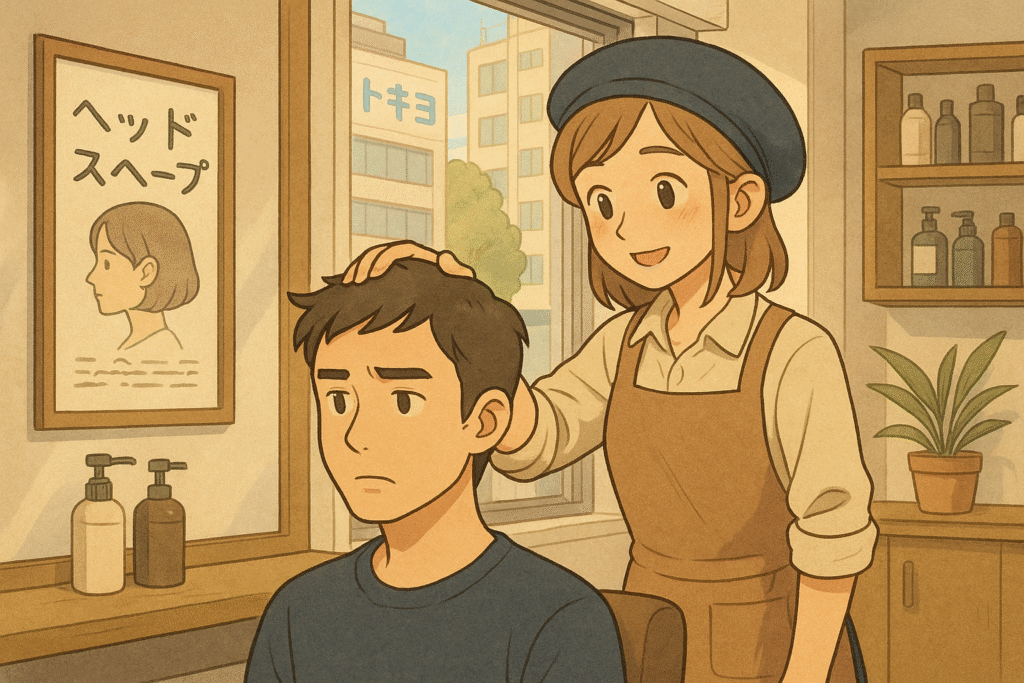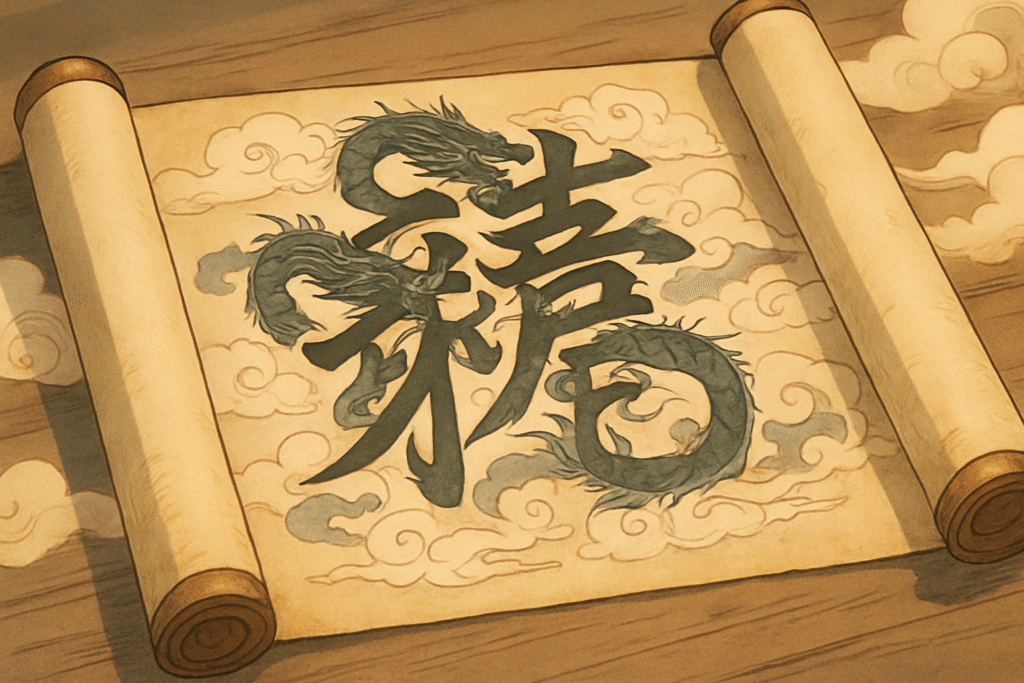Have you ever felt a chill run down your spine while watching a Japanese horror movie? That spine-tingling sensation likely traces back to one of Japan’s most terrifying and influential ghost stories – the tale of Oiwa. As one of Japan’s “Big Three Ghost Stories,” Oiwa’s vengeful spirit has haunted Japanese culture for centuries, leaving an indelible mark on literature, theater, film, and even contemporary popular culture.
The Tragic Legend of Oiwa: Japan’s Most Famous Ghost
Oiwa (お岩), whose name literally means “rock” in Japanese, represents far more than just a scary story told around campfires. Her tale of betrayal, disfigurement, and supernatural vengeance embodies deep cultural values and serves as a cautionary tale about the consequences of treachery and the power of a woman’s rage.
Dating back to 17th century Edo (now Tokyo), Oiwa’s story is particularly chilling because it’s based on real people who lived during this period. The historical Oiwa died in 1636, but her vengeful spirit – her onryō – is said to still haunt both the places she lived and those who tell her story.
Who Was Oiwa? The Woman Behind the Legend
Before becoming Japan’s most famous ghost, Oiwa was the wife of a samurai named Iemon. Their marriage was troubled from the start, as Iemon was known to be wasteful and dishonest. When Oiwa decided to return to her family home, her father confronted Iemon about his misdeeds, including theft from his employer. Rather than facing the consequences, Iemon murdered Oiwa’s father and then deceived her, claiming a stranger had killed him.
Despite these dark beginnings, Oiwa remained with Iemon and even bore him a son. However, her health deteriorated after childbirth, creating the perfect opportunity for the next act of betrayal.
Betrayal and Transformation: How Oiwa Became an Onryō
The turning point in Oiwa’s story came when Iemon became enamored with Oume, the beautiful granddaughter of a wealthy doctor named Itō Kihei. Seeing an opportunity to improve his financial situation by marrying into the Itō family, Iemon conspired with the doctor to rid himself of his ailing wife.
Dr. Itō provided Oiwa with a “medicinal” ointment that was actually a poison, horrifically disfiguring her once-beautiful face. To complete his cruel plan, Iemon hired his friend Takuetsu to rape Oiwa, providing grounds for divorce based on infidelity.
The plan went awry when Takuetsu, shocked by Oiwa’s disfigured appearance, couldn’t go through with the assault. Instead, he revealed Iemon’s treachery and showed Oiwa her reflection in a mirror. The sight of her ruined face drove Oiwa to madness. When she tried to brush her hair to cover her disfigurement, it fell out in bloody clumps. In her despair, she took a sword and punctured her own throat, dying while cursing Iemon’s name.
This perfect storm of betrayal, disfigurement, and a dying curse transformed Oiwa into one of Japan’s most powerful and terrifying onryō – a vengeful ghost who cannot rest until justice is served.
Oiwa’s Revenge: The Power of a Woman’s Curse
Iemon’s attempts to escape his guilt proved futile. On his wedding night with Oume, he saw Oiwa’s disfigured face next to him in bed. When he slashed at the apparition with his sword, the illusion vanished – revealing he had killed his new bride instead.
The horror continued as Oiwa’s ghost pursued Iemon relentlessly. Her face appeared in paper lanterns, in his dreams, and even in the mountains where he fled to escape her wrath. Driven to madness by guilt and supernatural torment, Iemon discovered that there was no escaping Oiwa’s curse.
Similar themes of female vengeance appear in other famous Japanese ghost stories like those of Okiku and the Umi Bozu, showing how deeply these narratives of wronged women resonate in Japanese culture.
Want to explore Japan’s culture?
Discover Japan’s rich culture, traditions, and hidden gems with our expertly crafted guides. Get insider tips on travel, food, and history. All for free!
Oiwa’s Cultural Impact: From Kabuki to Modern Horror
Oiwa’s tale, formally known as “Yotsuya Kaidan,” was adapted into a kabuki play in 1825 by playwright Tsuruya Nanboku IV. This dramatization, titled “Tōkaidō Yotsuya Kaidan,” became immensely popular and cemented Oiwa’s place in Japanese cultural history.
What makes Oiwa particularly fascinating is how her story has transcended centuries, influencing:
- Traditional Japanese theater: The kabuki adaptation remains one of the most performed ghost stories
- Cinema: Over 30 film adaptations, beginning in the silent era
- Television: Numerous TV series and specials
- Literature: Countless novels, manga, and short stories
- Contemporary art: Paintings, illustrations, and digital art
The “curse of Oiwa” extends beyond the story itself. Throughout history, productions of Yotsuya Kaidan have allegedly been plagued by mysterious accidents, illnesses, and even deaths. This has led to the tradition of cast and crew visiting Oiwa’s grave before productions to pay respects and ask permission to tell her story – a practice that continues to this day.
Remembering Oiwa: Physical Locations and Memorials
For those interested in connecting with this piece of Japanese folklore, several important sites related to Oiwa exist:
- Myōgyōji Temple in Sugamo, Tokyo houses what many believe to be Oiwa’s actual grave
- Shrine in Yotsuya built on the ruins of her family home
- Modern memorial rebuilt after WWII when the original was destroyed
These locations have become important pilgrimage sites for those interested in Japanese ghost stories and folklore, similar to the mythical locations described in our article about Japanese mythical guardians like the Hakutaku.
Understanding Oiwa: Learning Japanese to Appreciate the Original Tale
To truly appreciate the nuances of Oiwa’s story, learning Japanese can be incredibly valuable. Many of the powerful emotions and cultural concepts in her tale lose something in translation. For those interested in exploring Japanese language and culture more deeply, our JLPT N5 Study Guide offers a comprehensive foundation for beginners.
The story of Oiwa contains many fascinating linguistic elements, including traditional expressions related to ghosts, revenge, and karma that provide insight into Japanese cultural values.
Oiwa in Modern Japan: A Living Legend
Far from being relegated to ancient history, Oiwa remains a vibrant part of contemporary Japanese culture. Her distinctive image – with her drooping eye, disheveled hair, and expression of anguish – is immediately recognizable to most Japanese people. Like the legendary Kirin or the mysterious Jikininki, Oiwa has become an enduring symbol in Japanese folklore.
Every summer during Obon season (when spirits are believed to return to the earthly realm), new adaptations of her story appear on TV and in theaters, introducing each generation to this cautionary tale of betrayal and vengeance.
Q&A About Oiwa
Q: Who is Oiwa in Japanese folklore?
A: Oiwa is Japan’s most famous ghost, a vengeful spirit (onryō) who was betrayed and poisoned by her husband in 17th century Japan.
Q: Is Oiwa based on a real person?
A: Yes, the story of Oiwa is based on real people who lived in 17th century Edo (Tokyo), with the historical Oiwa dying in 1636.
Q: Why is Oiwa’s ghost story considered cursed?
A: Numerous accidents, illnesses, and deaths have reportedly occurred during productions of Oiwa’s story, leading many to believe that her vengeful spirit curses those who tell her tale without proper respect.
Q: Where can visitors pay respects to Oiwa?
A: Visitors can pay respects at Myōgyōji Temple in Sugamo, Tokyo, which is believed to house Oiwa’s actual grave, as well as at shrines dedicated to her in Yotsuya.
Conclusion: The Enduring Legacy of Oiwa
The story of Oiwa transcends simple entertainment – it represents a powerful cultural archetype that continues to resonate with audiences today. Her tale warns against betrayal, reminds us of the consequences of our actions, and speaks to the universal fear of facing retribution for our misdeeds.
As with many elements of Japanese folklore, like the flying cloth yokai Ittan Momen or the roof guardian Shachihoko, Oiwa’s story offers a window into Japanese cultural values and beliefs about justice, revenge, and the supernatural.
Whether you’re a student of Japanese culture, a horror enthusiast, or simply fascinated by powerful folklore, Oiwa’s tale will continue to chill and captivate for generations to come.
Love Japan? Stay in the Loop!
Get the best of Japan straight to your inbox: language, culture & travel insights!




